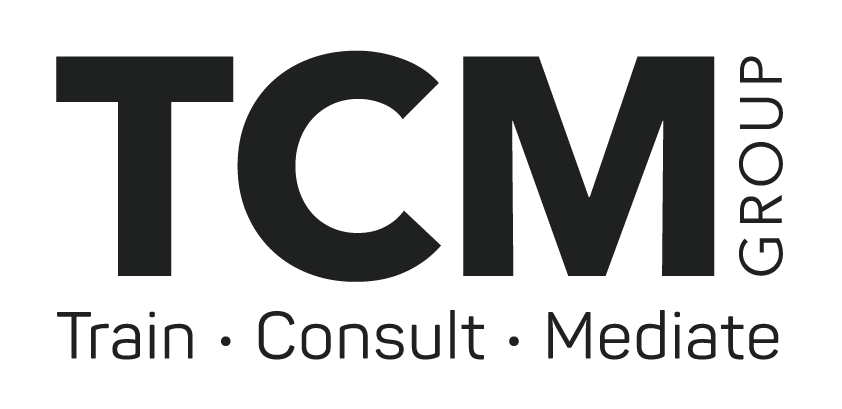A major barrier to organizational efficiency and productivity and a major cost to organizations and to economies as a whole – Head of the Leadership, Work and Organisation’s Department at Middlesex University, Professor, Clive R. Boddy,
Bulling in the Workplace
The Jekyll and Hyde in your office
Bullying in the workplace
Bullying is not specifically defined in law as it is not enshrined in legislation, although it can often be part of what is described as discriminatory behaviour. ACAS defines it as “offensive, intimidating, malicious or insulting behavior, an abuse or misuse of power through means intended to undermine, humiliate, denigrate or injure the recipient”.
 Harassment is covered by the Equality Act 2010 which defines it as “unwanted conduct affecting the dignity of men and women in the workplace.” It may be related to age, sex, race, disability, religion, sexual orientation, nationality or any personal characteristic of the individual, and may be a persistent or an isolated incident. The key is that the actions or comments are viewed as demeaning and unacceptable”.
Harassment is covered by the Equality Act 2010 which defines it as “unwanted conduct affecting the dignity of men and women in the workplace.” It may be related to age, sex, race, disability, religion, sexual orientation, nationality or any personal characteristic of the individual, and may be a persistent or an isolated incident. The key is that the actions or comments are viewed as demeaning and unacceptable”.
The terms harassment and bullying are often used interchangeably, but I think bullying differs from harassment in that the latter can result from a small number of fairly serious incidents – which everybody recognizes as harassment – whereas bullying tends to be an accumulation of many small incidents over a long period of time. Each incident tends to be trivial, and on its own and out of context does not constitute an offence or grounds for disciplinary or grievance action.
This is what makes it so insidious and difficult to tackle both for the employer and the employee.What is interesting however is that most workplace bullies share classic character traits. These can include being charismatic, deceptive, and manipulative.
Recognise these behaviours’?
Charismatic
- May occupy a role that is important in some way
- Very self-assured
- May give off an impression of trustworthiness and reliability
Deceptive
- Compulsive liar: spontaneously makes things up to fit the needs of the moment Routinely embellishes stories for effect
- Doesn’t listen, can’t sustain a meaningful conversation and is hollow, superficial and glib
- Apparently cannot distinguish between leadership, management and bullying and is oblivious to the difference between how he or she would like to be seen, and how he or she is seen
Manipulative
- Wants to control everything
- Projects his or her own shortcomings onto others
- Threatens dire consequences for people under his or her influence, who think or act for themselves. Threats could be made directly in private, or indirectly in front of witnesses
They are often summed up in the phrase: “a Jekyll & Hyde nature”:
- Can be innocent and charming some of the time (typically in the presence of witnesses), but vicious and vindictive at other times (typically where there are no witnesses).
Tim Field, the prominent anti-bullying activist estimated that one person in thirty has several of these traits, and he describes these types of people “as aggressive but intelligent individuals who express their aggression psychologically rather than physically”.It makes fascinating reading doesn’t it?

What can employers do about it
Perceived wisdom has it that the only way to stop bullies is to stand up to them….but I tried it and it didn’t work….so if you’ve been the victim of bullying read on. One of the only good things to come out of my experience is that I am now able to recognise the classic characteristics of a bully, some of which you may be surprised to learn, so read on. Like many people who’ve been bullied I quit my job…I tried to go through official channels but nobody wanted to address it, even though the person had been accused of bullying twice before. Management had apparently “had a quiet word” and believed it had stopped! I was just giving them another problem. It was as much this attitude and the failure of senior management to deal with the situation as it was the behavior of the bully that made me resign. An organization that fails to tackle such an important issue is often not worth working for.
Firstly, it might be useful to define what bullying is.
Mediation
It is somewhat ironic; that having been bullied in the workplace I am now a mediator, often working with parties who believe they are the victims of bullying and harassment. As a mediator I’ve heard the phrase, “he/she’s a bully” more times than I care to mention. It’s a catch all phrase and often difficult to unpack. But once that is done, parties often see the behavior differently and reach an agreement which enables them to move forward and work together once more. This is often when the bullying is casual and hasn’t become entrenched – we can all behave badly from time to time afterall.
However, from my experience both as victim and mediator I believe the Jekyll and Hyde characters are out there, classic bullies who act badly time after time and organizations need to tackle them. It is important not only for an organisation’s credibility; staff retention, health and wellbeing but also for their bottom line.

